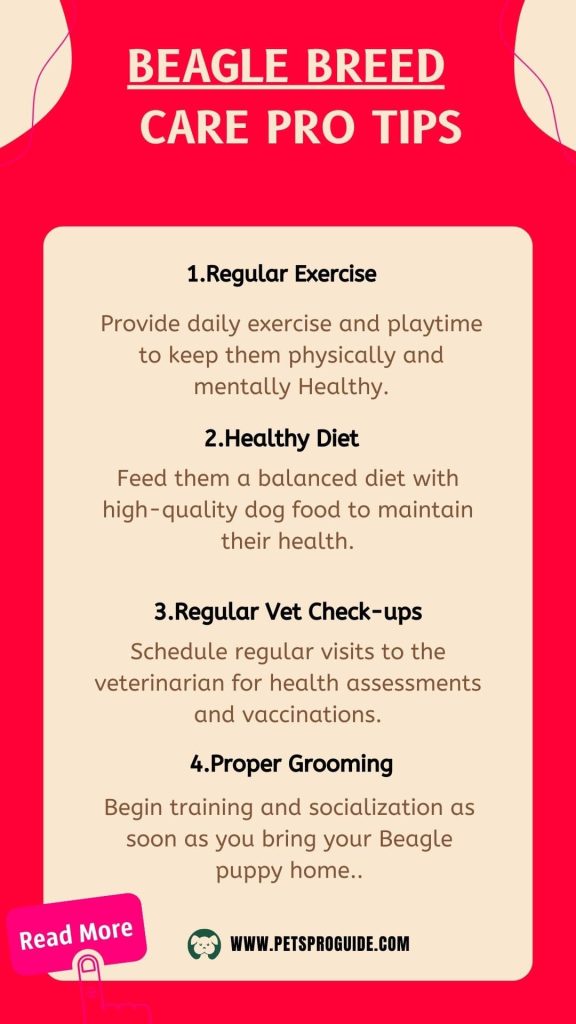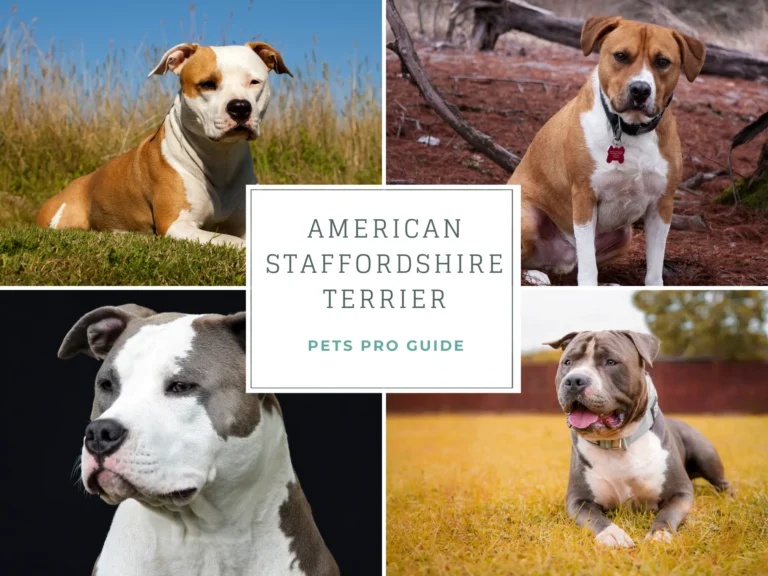It’s important to know about Beagle Breed Information if you are planning to get that playful and loving dog. Small, friendly dogs, Beagles also have big personalities.
Known for their curious noses and happy barks, they make great pets. Now, Beagles are bred originally for hunting, but can now enjoy playtime, cuddles. Are you thinking about Beagle puppies or Beagle for adoption?
Let’s explore!
Also Read: Poodle Breed Information

Core statistics
Here are some core statistics:
- Breed Group: Hound Group
- Origin: England (developed in the 1500s for hunting rabbits)
- Size: Small to Medium
- Weight: 20–30 lbs (9–13 kg)
- Height: 13–15 inches (33–38 cm)
- Life Span: 12–15 years
- Coat: Short, smooth, weather-resistant
- Appearance: Muscular body; floppy ears; long tail with white tip
- Colors: Tri-color (black, tan, white), lemon, red, or chocolate
- Grooming: Weekly brushing; occasional baths; clean ears weekly
- Temperament: Friendly, curious, vocal; loves people and pets
- Energy Level: High
- Exercise: 45–60 mins daily (walks, play, scent games)
- Popular Names: Buddy, Daisy, Scout, Luna, Cooper
- Personality: Playful, stubborn, social; loves food and adventure
- Food: 1–1.5 cups daily (best dry food for Beagle: Hill’s Science Diet, Purina Pro Plan)
- Space Requirement: Adaptable (apartments/houses); needs yard for play
- Health Issues: Obesity, ear infections, epilepsy, hip dysplasia


Beagle Care Pro Tips
Here are ten care tips to ensure your Beagle’s well-being and happiness:
1. Food & Diet
Since Beagles love to eat, it is better to feed your beagles with the best dry food for Beagle, thus keeping them healthy. Control portions to prevent obesity.
2. Grooming & Shedding
Do Beagle shed? They are, but their short coat is easy to manage. Brush them weekly to reduce the amount that is shed each week to be dependent on your dog.
3. Exercise & Training
Beagles need daily walks and playtime daily. They will be distracted by their strong sense of smell so training is important.

Is Beagle Good Family Dog?
Yes! Beagles are playful and great with kids. They are patient and enjoy being part of the family. And they are always watching their energy; but they will chase small pets. Training helps them behave well.
What to know before you buy a Beagle?
- Energy Level – Beagles need regular exercise and mental stimulation.
- Training Needs – They are intelligent but can be stubborn, so patience is needed.
- Health Concerns – Some Beagles may need nose surgery, so check their nose surgery is covered by pet insurance (some policies do).
- Living Space – They do well in both apartments and houses, but they love to explore.
Beagle Breed Fun Facts
Here are ten fun and interesting facts about Beagles:
- Beagles’ noses have 220 million scent receptors!
- They’re the star of “Snoopy” from Peanuts comics.
- The loud “Beagle bay” can be heard far away.
- President Lyndon B. Johnson had three Beagles!
Conclusion
This Beagle Breed Information shows why they’re perfect for active families. A Beagle will become your loyal and very joyful buddy with love and care.
If you really enjoyed the article “Beagle Breed Information and Pictures,” then I would be very grateful if you’d help it spread by emailing it to your friends or sharing it on Twitter, Instagram, or Facebook. Thank you!











